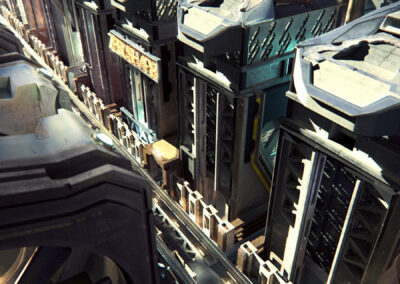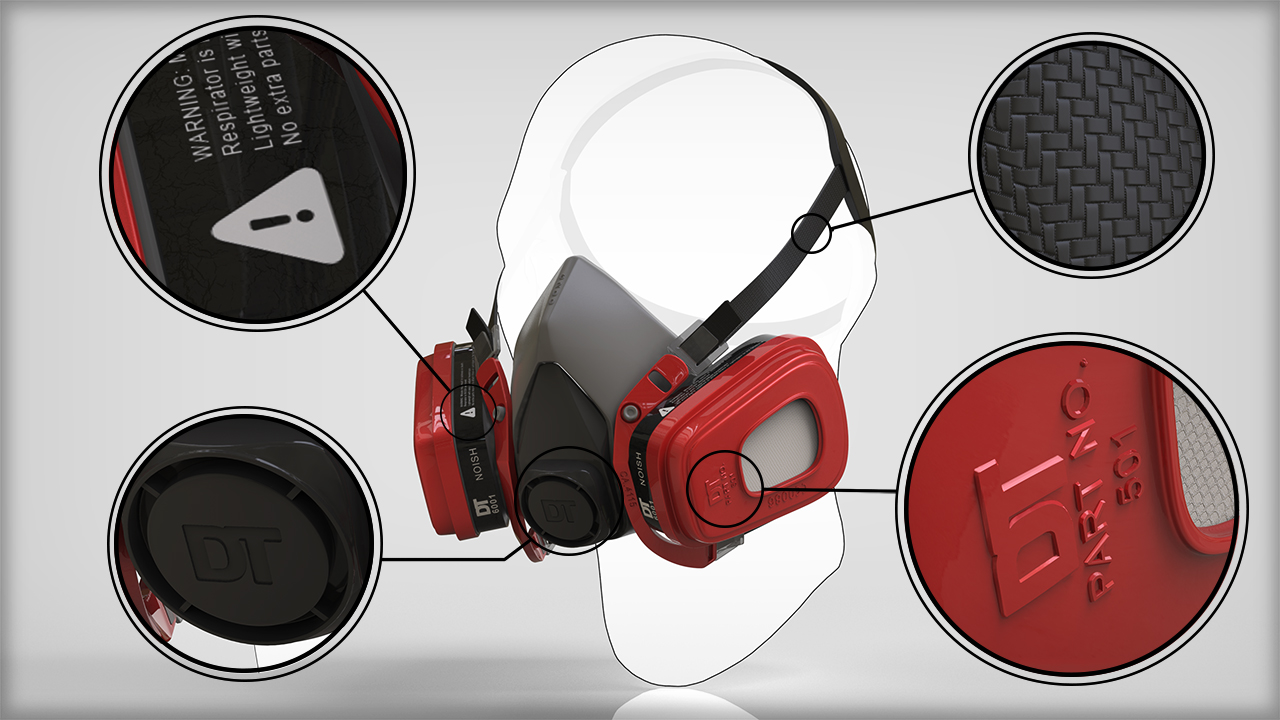

- #Difference between keyshot hd and keyshot for zbrush how to
- #Difference between keyshot hd and keyshot for zbrush software
#Difference between keyshot hd and keyshot for zbrush software
Using the black-to-white principle, you can create maps of common textures like woven carpet in a software like Photoshop or Illustrator and just export the maps to hi-resolution images. You can find displacement maps online (the good ones come at a price) or you can even MAKE your own bump maps. As a result, you’ll get softer edges with bevels/fillets without having even done anything! Blurring a sharp edge that’s black on one side and white on another will cause the colors to intermingle and form the grays in between. Conversely, if you’ve got details that are way too sharp, just carry the map image to photoshop and gently blur the parts you want softened. Make sure you have maps that are of a high resolution because a pixelated image will result in a pixelated surface, and that isn’t good. Most bump maps can be used as displacement maps. Here’s a snippet of the map along with the result alongside. In theory anything that’s exactly 50% gray stays untouched. The whiter the pixel gets, the more elevated/extruded it is, the blacker the pixel is, the further inward or downward it moves. In short, if you look at a bump map, notice that the parts that usually stick out (like the bumps on the ball in the image way up top) are the white bits, while the parts that are black recess downwards. Displacement maps use grayscale to determine height, just like bump maps do (you can actually use those bump maps as displacement maps). You can rely on a good displacement map you downloaded (or created!) to give you instant results. You don’t need to physically model these minor details anymore. You can make folds in cloth by just dropping a displacement map. Secondly, it takes the pain out of actually modeling minor details. Gravel looks great too, because it’s actual gravel, not a flat surface with gravel texture. Tiled surfaces literally have 3D tiles in them. Firstly, it makes materials incredibly realistic. This ability to actually manipulate 3D surfaces is great for a couple of reasons. The one on the right, however, literally has those bumps that you see in the image above. The one on the left is still a perfect circle even though it looks like there’s a texture on it. They physically manipulate 3D geometry to make the texture, and if you look at the silhouettes of the two below, you’ll get the gist. Displacement maps, on the other hand, actually create that texture. They manipulate light and shadow to make it look like a surface has a texture, but in reality, that texture is an optical illusion.

Bump maps only simulate texture, they don’t create it. The one on the left uses a bump map, and the other on the right has a displacement map. If you’re wondering what the difference between bump maps and displacement maps are, just take a look at the image below. You could only use bump maps in Keyshot to simulate textures, but that’s all. Up until now, perhaps the biggest thing missing from Keyshot’s arsenal was its support for depth or displacement maps.
#Difference between keyshot hd and keyshot for zbrush how to
The guys at Luxion just released their latest version of Keyshot, and I’m absolutely thrilled because displacement maps are one feature I was rather impatiently waiting for! Displacement (or depth) maps are an absolutely great way to create real textures that can absolutely make your renders POP! Let’s take a look at what this newfangled feature is and how to master it! DIFFERENCE BETWEEN BUMP AND DISPLACEMENT MAPS


 0 kommentar(er)
0 kommentar(er)
